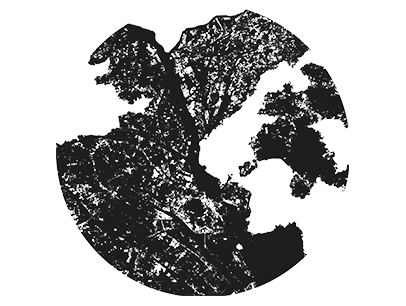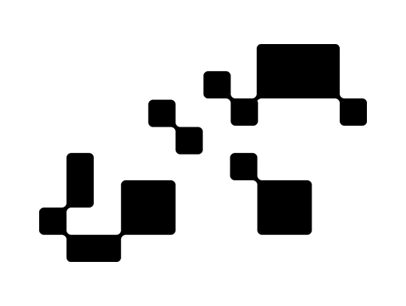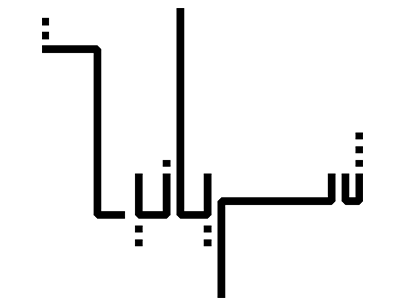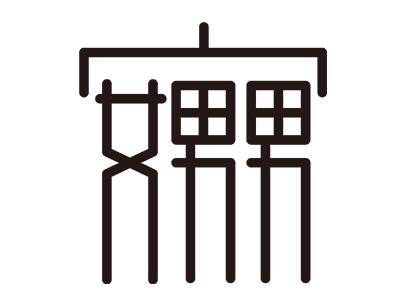NEW: 1 June 2020, 6pm (Pacific Time)
Deadline, Submission period ends
—
June 2020
Jury Meeting
—
August 2020
Announcement of Winning Projects
IN A NUTSHELL
Read the Disc of Phaistos—its materiality and its 45 symbols—through the lens of your everyday: Is the clay of the past the code of today? Are 241 tokens an ancient tweet? Inspired by this time capsule, develop a set of 45 elements that captures visual traces of the anthropocene; while each symbol of the set is a discrete element, their entirety should communicate a sense of unity.
HOW TO SUBMIT
Entries have to be submitted through judgify.me:
www.judgify.me/45symbols-2020
Participation is free. Each submission has to include two things:
1. Annotated Portfolio
An annotated portfolio depicts visual work with brief textual annotations. It has been proposed by Gaver and Bowers (2012) as a “way to communicate design research”. Submissions have to follow this PDF Annotated Portfolio template. You can either rebuild it in the software of your choice (using any font you’d like and follow the positioning of elements just roughly) or download the InDesign template here — also using a font of your choice but we recommend to keep it simple!
2. One zipped folder with 45 visuals as PNGs
Color: The PNGs can only use black on transparent background
Format: 1800×1800 pixel
Naming Conventions: myproject001.png — myproject045.png
THE CATEGORIES
—1—
The Everyday: Revealing Unseen Narratives
A forensic analysis of the overseen and its traces.
Each thing of your everyday has a socio-political meaning: Where does it come from? Where is it going to? Who has access to it? How does it change our behavior? Why did a group of people designed it this way? As a designer, you observe “an everyday thing” through new perspectives to reveal its hidden narratives. You document your truth applying experimental visual journalism that combines facts with playful explorations of imaginative narratives. The creative challenge is not to develop decorations or ornaments but finding your critical position and translate it into visual form. Methodologies include (but are not limited to):
- Apply unusual instruments of observation to a mundane artifact.
- Research the origins of an object and speculate where it will go once it leaves your habitat. Think about the traces it leaves behind.
- Set up an experiment around the artifact. Examples: Grow forty-five plants. Compare forty-five materials. Observe forty-five instances of a process.
- Bring the object into unexpected contexts. How does it change?
- Study the material of the artifact. What are its components? Could it be different? Can you dissect or change it? Explore playfully all aspects of the material.
Case Studies
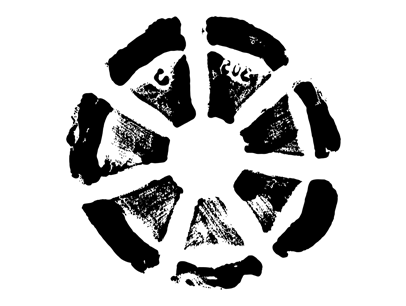
The PET Proof of Identity
Imhof & Krenmayr
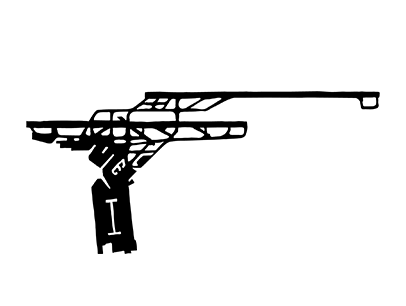
Earports
Fitze & Staehelin
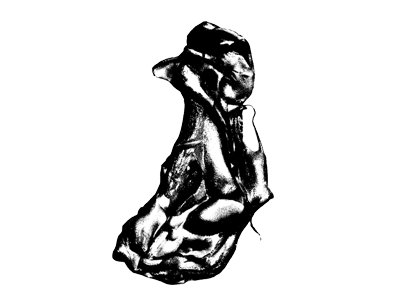
Chews a character
Patricia Grabowicz
—2—
Branches of Knowledge: Transdisciplinary Collaboration
A critical investigation of knowledge that is inspired by a single token of the Phaistos Disc.
Select a symbol of the Phaistos Disc that resonates with you and think about a branch of knowledge it represents (medicine, agriculture, DNA-research, …). Reach out to an expert of this discipline. An expert, in this case, is anybody who has more insights into the topic than you have. Initiate a dialog and — together — identify a key aspect of this discipline that represents its contemporary and future meaning and translate it into a set of forty-five distinct visual elements. Methodologies include (but are not limited to):
- Zoom into the discipline’s micro landscape or investigate its global systems.
- Analyze tools & methods that are typical for the discipline.
- Look at historic precedents & contemporary practices. Compare. Combine.
- Apply the tools and methods of the discipline to something unexpected.
Case Studies
—3—
Speculative Linguistics & Media: Language of the Unknown
Speculate about past, present, and future conversations
Language is a system of communication used by a particular community — human or non-human. Spoken or written, it follows specific structures that can be de-coded by the individual. Language is never fixed, it shapes and adapts to a community’s identity and its needs. What is the future of language and writing/reading systems? Who is talking? Who is listening? How can language give a voice to communities that need to be heard?
Methodologies include (but are not limited to):
- Speculate about a conversation in the future. Objects talking to subjects, humans talking to machines, the future talking to the past.
- Study the language of a community that needs to be heard.
- Compare spacial context and linguistics of a community.
Case Studies
—4—
Geological Intelligence: Organisms and Machines
Stimulate external systems to design a visual narrative
As humans, we are able to acquire and apply knowledge. Our intellectual power makes us believe we are unique. However, intelligence has also been observed in other organisms — animals and plants. Today, humans also transfer intelligence to rational mechanical agents, in general defined as Artificial Intelligence. What is our role as designers and artists within these interconnected systems?
Methodologies include (but are not limited to):
- Teach a machine to draw forty-five visual elements.
- Code an algorithm that visualizes forty-five symbols based on specific parameters.
- Observe a system of non-human organisms (forrest, insects, mushrooms,…) and dissect their structure into forty-five visual elements. Be a respectful observer and don’t harm any organisms.
- With an open mind, look for any indications of intelligent behavior on this planet or in this universe and translate it in a set of forty-five symbols.
WHY THIS OPEN CALL?
In this time of global transformations our design practices are shifting. While we are transferring skills to automated intelligent agents, we are defining our voice in the socio-political discourse that responds to human actions of the past and present. To successfully navigate these new interconnected systems and position ourselves as critical practitioners, we have to explore new ways of understanding design as a mode of inquiry. In that sense, the reflection of our methodologies, our abilities to research, and an open discussion of how we generate, document, and circulate new knowledge are crucial at this very moment.
We believe that studying a time capsule from the past has the power to spark new ways of thinking. Of course, materials and devices have evolved. Today, clay is code, interfaces are fluid (and not discs) and the access to knowledge is ubiquitous through mobile devices. However: Who’s knowledge is it? Who really has access? What are the questions that emerging designers have for humankind today and which narratives are worth being preserved for future generations?
We ask participants to shift who they are responsible to: Don’t think about your portfolio. Don’t imagine a client or try to please your professor. What could you do for your city? Your community? Your neighbor or maybe a global culture? The Phaistos Project — Forty-five Symbols is calling for research-driven and self-directed observations, experiments and speculations that provide new perspectives on the way we live.
The challenge is to develop a set of forty-five symbols that conveys a message in a unique visual language. This set should capture a meaningful fraction of the everyday (from the mundane to the extraordinary) and reveal it visually without ornaments or arbitrary decorations. The process might include a range of practices from analog crafts and hands-on explorations to the application of sophisticated digital tools.
Topics include political, economic, ecological, cultural, or social challenges for us as individuals or as a society—in the past, present, or future: Alternative Facts and Media Landscapes; Migration and Human Rights; Globalization and Repression; Systems of Governance and Voice of the Individual; Global Warming and Ecological Destruction; Imagined Geographies and Parallel Worlds; Traffic, Urbanism and Gentrification — are just a few examples.
While each symbol of the set is a discrete element, their entirety should communicate a sense of unity. The documentation of the process is as relevant as the robust quality of the final visual form.
Please also read our Project Vision
THE JURY

Pascal Glissmann
Co-Director
Pascal is Director of the AAS Communication Design program at Parsons School of Design New York and founder of the design studio subcologne

Olivier Arcioli
Co-Director
Olivier is founder of Atelier Gruen and has been Visiting Assistant Professor at Universidad de los Andes Bogotá, Fall 2017

Andreas Henrich
Co-Director
Andreas is Professor Emeritus of the Academy of Media Arts Cologne and founder of henrich design studio

Randa Abdel Baki
Founding Collaborator
Randa is Associate Professor of Communication Design at the
Lebanese American University Beirut
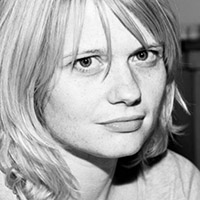
Annelie Franke
Founding Collaborator
Annelie is Associate Professor of Communication Design at
Universidad de los Andes Bogotá and founder of AF Photography

Mariko Takagi
Founding Collaborator
Mariko is Associate Professor at Doshisha Women’s College of Liberal Arts, Department of Information and Media, Kyoto, Japan and founder of
mikan design studio
TERMS & CONDITIONS
Participants are entirely responsible for the legality of their designs.
Participants are also responsible for making sure that their works do not infringe any third-party rights. The organisers are not responsible for the accuracy of information provided by participants.
Project organisers will ensure that projects submitted to the competition will not be used for commercial purposes without a written permission of their rightsholders.
Entries and parts thereof may be published for informational purposes and to promote the project & competition including presentations at conferences, installations at exhibitions and representation on social media.
Participants agree that their work will be published online and in print in case it is selected by the jury.



